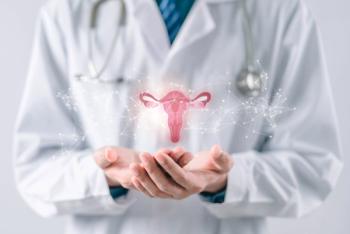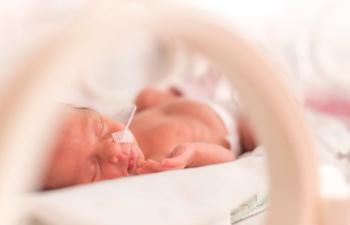
Women With Fibroids Prefer Minimally Invasive Treatment
Women are willing to wait longer with their symptoms to delay a more invasive procedure for uterine fibroids compared to how long they would delay a noninvasive one, according to a study published online March 1 in Radiology.
THURSDAY, March 3 (HealthDay News) -- Women are willing to wait longer with their symptoms to delay a more invasive procedure for uterine fibroids compared to how long they would delay a noninvasive one, according to a study published online March 1 in Radiology.
Fiona M. Fennessy, M.D., Ph.D., of Harvard Medical School in Boston, and colleagues evaluated patients' relative preferences, compared to death or worst possible outcome (utilities), for having uterine fibroids pre- and post-treatment and short-term utilities for undergoing three specific treatments: abdominal hysterectomy (62 patients), uterine artery embolization (74 patients), and magnetic resonance imaging-guided focused ultrasound therapy (61 patients). Using the waiting trade-off (WTO) method to calculate the short-term quality of life toll in terms of quality-adjusted life-weeks, they assessed how long patients would wait to avoid a particular intervention. They assessed utilities for fibroids before and after treatment using the time trade-off (TTO) method and a visual analog scale (VAS), adjusting the WTO for quality of life based on these.
The researchers found that quality of life improved with all interventions. Women who underwent hysterectomy had a higher median WTO wait time (21.6 weeks) compared to those who underwent the other two therapies (both 14.1 weeks). There were smaller quality-adjusted life-week tolls when scaling to TTO versus VAS.
"The health utility values obtained in this study suggest that all of the evaluated treatments for uterine fibroids increased the quality of life and that the perceived morbidity of treatment procedures varied, all of which may inform more robust cost-utility analyses of fibroid treatment," the authors write.
One author disclosed a financial relationship with InSightec, which provided funding for this clinical trial.
Related Content
Newsletter
Get the latest clinical updates, case studies, and expert commentary in obstetric and gynecologic care. Sign up now to stay informed.










